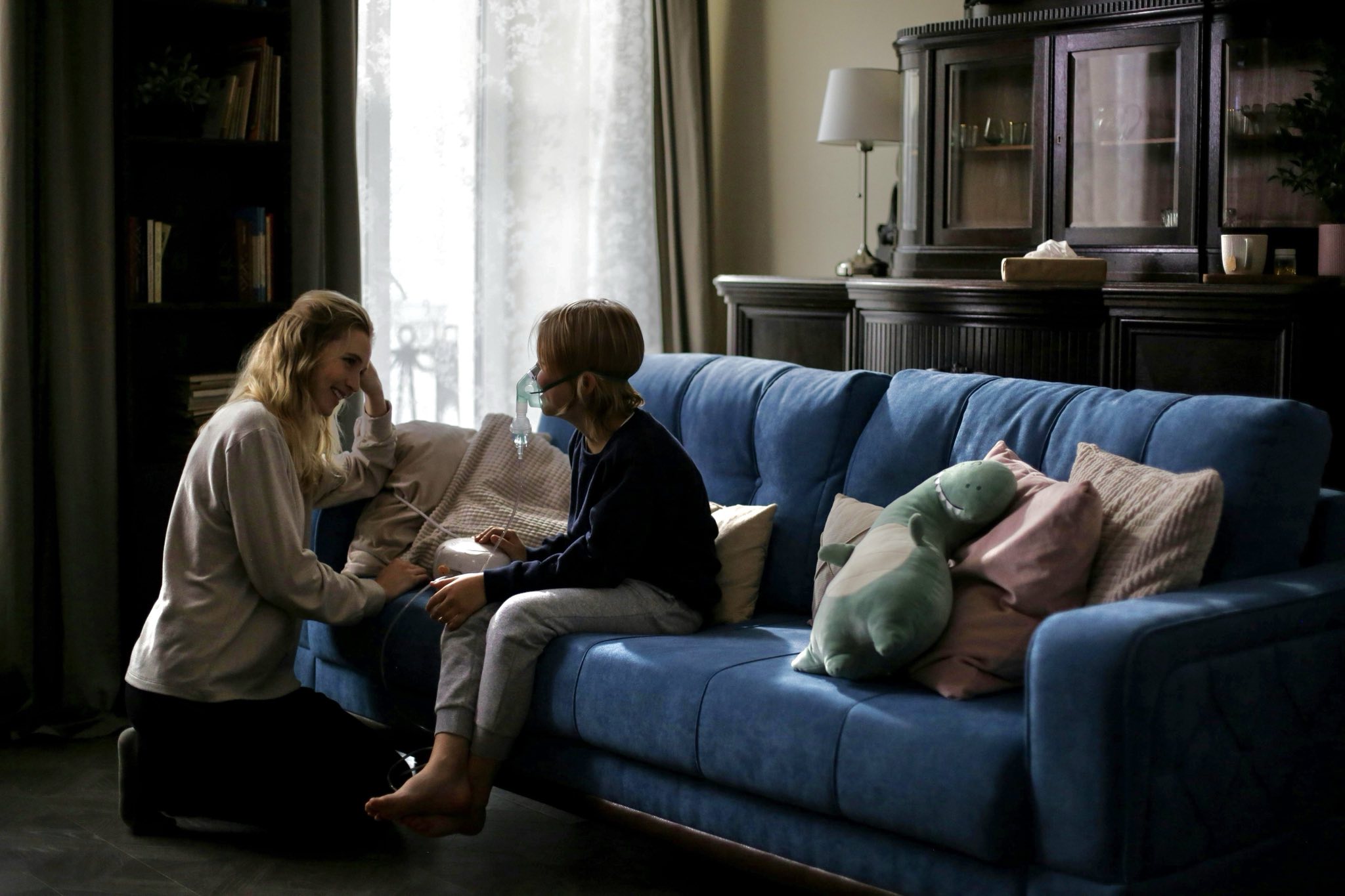In just two years, the state’s Paid Family and Medical Leave program has already made a more than $1 billion impact on the lives of thousands of Connecticut workers and their families.
Passed by the state legislature in 2019, the program began paying benefits in January of 2023. Since then, it has helped thousands of Connecticut residents and distributed more than $1 billion in assistance to workers who need to take time away from work.
Sen. Julie Kushner, a Danbury Democrat who co-chairs the legislature’s Labor and Public Employees Committee, said proponents of the policy waged a long fight to get it passed, but were confident it would improve the lives of Connecticut residents.
“In two years, it has provided benefits to well over 100,000 residents,: Kushner said. “We know children have better results when their parents can bond with them instead of heading back to work. We know people recover from illness and injury better when they’re not mired in debt or trying to balance doctor’s orders and orders from their bosses. Paid Family Medical Leave is a shining success, and these results make that more clear than ever before.”
The policy is intended as income replacement for parents taking care of newborn children, individuals fighting serious illness or those helping family members who are undergoing treatments. Taking leave to address issues arising from family serving in the military, to care for family injured in military service, and for victims of family violence or sexual assault to recover are also eligible reasons to utilize the program.
The program has already paid out claims to residents of every city and town in Connecticut, CT Paid Leave reported.
Data provided by the program shows that nearly half of all claims are filed by individuals to cover their own injury or illness, with about 24% taking leave to bond with a newborn child, 14% to support pregnancy or childbirth, and 13% taking leave to care for a family member. About 63% of claims are made by women and half are made by people ages 28-43 years old, with ages 44-59 representing 25% of use, 60-78 representing 16% and 18-27 using it 9% of the time.
The average duration of leave is about seven weeks. Eligible users of the program can receive up to 14 weeks of support, which represents wage replacement of about 90-95% of one’s earnings. There’s a weekly benefit maximum of $981.
The program is paid for by a payroll tax of 0.5%, which has been collected from paychecks since 2021. Despite concerns about the program running afoul of financial issues, it has a current balance of $567.33 million with contributions increasingly quarterly and year-to-year in recent years.
The program is also expected to remain in strong financial standing for the next decade, according to a 10-year projection.









